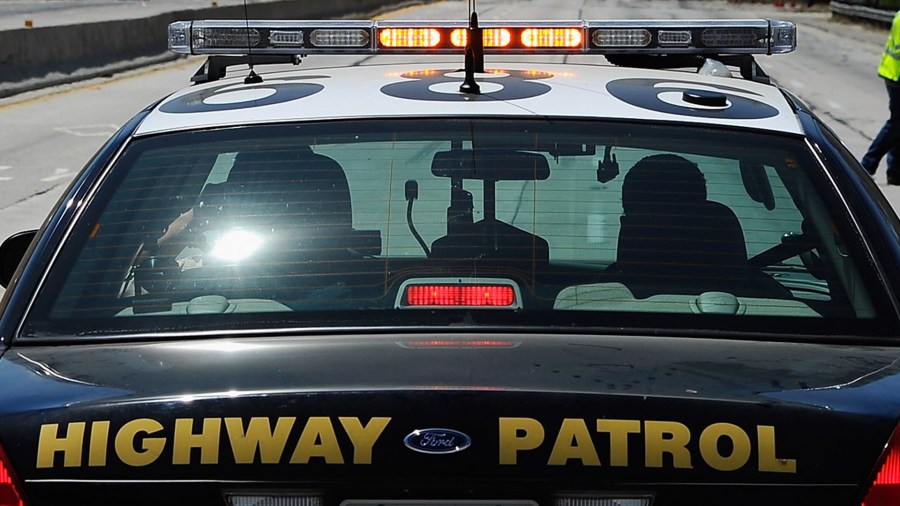Ever been on the freeway and noticed traffic slowing down because of a California Highway Patrol vehicle driving in a zigzag pattern? It’s a technique that the law enforcement agency calls “traffic breaks.”
A traffic break is used to slow down and ultimately stop traffic, according to the CHP.
During a traffic break, the CHP patrol vehicle activates its lights and drives in a serpentine manner across all lanes.
CHP utilizes traffic breaks for several reasons, such as:
-To safely remove debris or hazards from the road;
-To push a stalled vehicle out of the lanes to a safe location;
-To hold traffic back from a crash scene;
-To preserve a scene where evidence may need to be collected.
“The goal of us driving diagonally across the roadway is to get every lane of traffic to slow down and eventually stop,” CHP Grass Valley in Northern California said in a Facebook post. “This is because when there is debris in the traffic lanes, or a vehicle that is blocking a lane, we need to get out of our patrol vehicle to either remove the debris or instruct the driver of the vehicle on how we can get them safely to the shoulder.”
Motorists are warned not to pass an officer running a traffic break or while the officer is stopped removing the hazard.
It is illegal for a driver to be within 300 feet of the officer running the traffic break or pass the officer, according to California Code 21706.
So next time a traffic break occurs, be cautious as the freeways can be a dangerous place.
